Grant’s bushbaby, also known as Grant’s dwarf galago (Galagoides granti), is a captivating small primate that inhabits the forests and woodlands of East Africa. With its endearing appearance and unique adaptations, this nocturnal creature has captured the interest of wildlife enthusiasts. Grant’s bushbaby showcases a diverse array of adaptations that enable it to thrive in its forested home. From its exceptional night vision and acrobatic leaping abilities to its strong grip and specialized teeth for feeding, these adaptations contribute to its survival and success as a nocturnal primate. Exploring the unique features of Grant’s bushbaby offers a glimpse into the remarkable ways in which species have evolved to adapt to their specific ecological niche.
Grant’s bushbaby: Species Profile
COMMON NAME: Grant’s Bushbaby
SWAHILI NAME: N/A
SCIENTIFIC NAME: Galagoides granti
TYPE: Primate
FOOD: Omnivorous diet, including insects, tree gums, fruits, nectar, small vertebrates, and bird eggs.
HABITAT: Forests, woodlands, and thickets in East Africa, including countries like Kenya, Tanzania, Uganda, and Rwanda.
SIZE: Small and agile, with an average length of about 20 to 25 centimeters (8 to 10 inches), excluding the tail.
AVERAGE LIFE SPAN IN THE NATURAL HABITAT: The average life span in the wild is not well-documented, but similar bushbaby species live for about 10 to 15 years.
ACTIVE: Nocturnal, primarily active during the night.
GESTATION PERIOD: Approximately 110 to 133 days.
WEIGHT: Adults weigh between 100 to 250 grams (3.5 to 8.8 ounces).
SIZE COMPARISON TO A 6-FT MAN: Grant’s Bushbaby is significantly smaller than a 6-ft man, with a body length of only 20 to 25 centimeters (8 to 10 inches), excluding the tail.
Appearance and Adaptations
Grant’s bushbaby is a small primate, measuring around 5 to 8 inches (13 to 20 centimeters) in length, with a long and bushy tail that adds an additional 6 to 9 inches (15 to 23 centimeters). It has large, round eyes that are perfectly adapted for night vision, allowing it to navigate and forage in the dark. Its soft fur ranges in color from grayish-brown to reddish-brown, helping it blend in with its forested surroundings.
One of the notable adaptations of Grant’s bushbaby is its specialized structure of the hind legs. It possesses elongated ankle bones, allowing for impressive leaping abilities. With each leap, it can cover distances of up to 10 feet (3 meters) between trees, utilizing its strong hind legs and long tail for balance and control.
Behavior and Diet
Grant’s bushbaby is primarily arboreal, spending its life in the trees. It is most active during the night, using its keen senses to navigate through the darkness. It has a strong grip, thanks to its long fingers and sharp claws, which enable it to cling to tree branches and move swiftly among the canopy.
As an omnivore, Grant’s bushbaby has a varied diet. It feeds on a combination of insects, small vertebrates, tree gums, fruits, and nectar. Its specialized teeth and jaws allow it to extract gum and sap from tree bark, providing it with a valuable food source. It also has a long tongue that aids in the consumption of nectar and other sweet liquids.
Habitat and Distribution
Grant’s bushbaby is native to the eastern regions of Africa, including Tanzania, Kenya, Uganda, and Rwanda. It primarily inhabits dense forests, woodlands, and riverine areas, where it finds suitable tree cover for protection and foraging. It has adapted well to forested environments and is capable of traversing the complex network of branches with remarkable agility.
Communication and Social Structure
Grant’s bushbaby communicates through a combination of vocalizations and body language. It emits soft calls and chirps to maintain contact with other members of its social group and to mark its territory. It also possesses scent glands that it uses to leave scent marks on branches and leaves.
These bushbabies are generally solitary or live in small family groups consisting of a mating pair and their offspring. They establish territories that they defend from other bushbabies through vocal displays and physical confrontations.
Conservation Status and Threats
Grant’s bushbaby is currently listed as Least Concern on the IUCN Red List of Threatened Species. While it faces some localized threats, such as habitat loss due to deforestation and agricultural expansion, its wide distribution range and adaptable nature have contributed to its stable population status.
Efforts are underway to conserve the habitats where Grant’s bushbaby resides, promote sustainable land-use practices, and raise awareness about the importance of preserving this unique primate species.
Encountering Grant’s Bushbaby in the Wild
Observing Grant’s bushbaby in its natural habitat can be a rewarding experience. However, due to its nocturnal nature and preference for dense forested areas, sightings can be challenging. Engaging in guided night walks or visiting wildlife reserves known for their diverse primate populations, such as national parks and forest reserves, increases the chances of encountering this enchanting creature.
Galagoides granti
Galagoides granti is a captivating primate with its unique adaptations, secretive behavior, and enchanting appearance. Exploring the forests of East Africa offers a glimpse into the intriguing world of these nocturnal creatures. By appreciating their beauty and understanding their ecological importance, we can contribute to their conservation and ensure their continued presence in the wild.
Grant’s Bushbaby Adaptations:
Grant’s bushbaby, also known as Grant’s dwarf galago (Galagoides granti), has evolved a range of remarkable adaptations that allow it to thrive in its forested habitat. These unique features and abilities enable the bushbaby to navigate its environment, find food, and communicate with others of its kind. In this article, we explore the fascinating adaptations of Grant’s bushbaby and shed light on how they contribute to its survival.
Nocturnal Lifestyle and Night Vision
Grant’s bushbaby is a nocturnal primate, meaning it is most active during the night. As a result, it has developed exceptional night vision to navigate and forage in the darkness. Its large, round eyes are perfectly adapted to low-light conditions, allowing it to spot prey, avoid obstacles, and locate suitable perches among the trees. The ability to see clearly in the dark gives the bushbaby a significant advantage in its predominantly nocturnal lifestyle.
Acrobatic Leaping and Limb Adaptations
One of the most impressive adaptations of Grant’s bushbaby is its exceptional leaping ability. It can cover impressive distances between trees, often leaping up to 10 feet (3 meters) in a single bound. This agility is made possible by its specialized limb adaptations. The bushbaby’s hind legs are elongated, providing it with powerful propulsion during leaps. Its long tail acts as a counterbalance, enhancing its stability and accuracy while navigating through the treetops. With these adaptations, the bushbaby can efficiently move through its arboreal habitat, accessing food sources and evading potential predators.
Grip and Climbing Adaptations
Grant’s bushbaby has developed strong gripping abilities, allowing it to traverse tree branches with ease. Its long fingers are equipped with sharp claws, enabling it to firmly grasp onto surfaces and maintain a secure grip while moving through the forest canopy. This adaptation enables the bushbaby to explore its habitat vertically, accessing a wide range of food resources and safe resting places. Its dexterity in climbing also helps it evade predators by swiftly ascending to higher branches or retreating into dense foliage.
Specialized Teeth and Feeding Adaptations
Grant’s bushbaby possesses specialized teeth adapted to its dietary preferences. It has sharp incisors for biting into fruits and gum exudates, as well as sharp premolars and molars for grinding and chewing plant material. This dental adaptation allows the bushbaby to consume a varied diet, including fruits, tree gums, nectar, and insects. Its long tongue aids in extracting nectar from flowers or lapping up sweet liquids. The ability to exploit different food sources contributes to the bushbaby’s survival and ability to thrive in its forested environment.
Communication and Vocalizations
Grant’s bushbaby utilizes a range of vocalizations to communicate with members of its species. These vocalizations serve various purposes, including maintaining contact with other bushbabies, signaling potential threats, and expressing territorial claims. The bushbaby produces a repertoire of calls, from soft chirps and whistles to loud shrieks, depending on the situation. This communication allows individuals to coordinate activities, maintain social bonds, and establish their presence within their territory.
Where to See Grant’s Bushbaby in Tanzania:
Grant’s bushbaby, also known as Grant’s dwarf galago (Galagoides granti), is a fascinating primate that inhabits the forests and woodlands of Tanzania. If you’re eager to catch a glimpse of this elusive and enchanting creature, certain locations within Tanzania offer promising opportunities for Grant’s bushbaby sightings. In this article, we guide you to the prime spots where you can increase your chances of encountering Grant’s bushbaby in Tanzania.
1. Udzungwa Mountains National Park
Located in southern Tanzania, Udzungwa Mountains National Park is renowned for its diverse and pristine rainforest ecosystems. The park’s lush vegetation and undisturbed habitats provide an ideal environment for Grant’s bushbaby to thrive. Guided night walks along designated trails within the park offer a unique opportunity to witness the bushbaby’s nocturnal activities. Accompanied by experienced guides, you can explore the park’s trails after sunset and keep a keen eye out for the captivating sight of Grant’s bushbaby leaping among the trees.
2. Kilombero Valley
The Kilombero Valley, situated in the central part of Tanzania, is another promising location to encounter Grant’s bushbaby. This vast and relatively remote region is characterized by dense forests, riverine habitats, and wetlands. The bushbaby finds ample shelter and abundant food resources in this habitat, making it an ideal place for their presence. Exploring the forests and riverbanks during the night, accompanied by experienced local guides, enhances your chances of spotting these agile primates in their natural surroundings.
3. Ngorongoro Conservation Area
While primarily known for its iconic Ngorongoro Crater, the Ngorongoro Conservation Area in northern Tanzania also encompasses extensive highland forests and woodlands. These habitats provide a suitable home for Grant’s bushbaby. Embark on guided nature walks or hikes in the conservation area’s forested areas, particularly during the night, when the bushbaby is most active. With patience and a keen eye, you may be rewarded with sightings of these captivating primates as they navigate the branches with their acrobatic leaps.
4. Mahale Mountains National Park
Located on the eastern shore of Lake Tanganyika, Mahale Mountains National Park is renowned for its population of chimpanzees. However, the park is also home to Grant’s bushbaby. As you explore the park’s forests and venture into the foothills of the Mahale Mountains, you may have the opportunity to spot these nocturnal creatures. Guided hikes, accompanied by knowledgeable park rangers, provide a chance to witness the bushbaby’s captivating behaviors and experience the park’s rich biodiversity.
Note: Grant’s bushbaby is primarily active during the night and tends to be elusive, so patience and the assistance of experienced guides are essential for successful sightings.
Tanzania’s diverse habitats, ranging from rainforests to woodlands, provide suitable homes for Grant’s bushbaby. By visiting national parks and conservation areas known for their rich biodiversity and intact ecosystems, such as Udzungwa Mountains National Park, Kilombero Valley, Ngorongoro Conservation Area, and Mahale Mountains National Park, you increase your chances of encountering these enchanting primates. Embarking on guided night walks, accompanied by knowledgeable guides, enhances the opportunity for unforgettable sightings and experiences with Grant’s bushbaby in Tanzania.
Grant’s Bushbaby Safari Tips:
Embarking on a safari to observe Grant’s bushbaby, also known as Grant’s dwarf galago (Galagoides granti), is a thrilling and rewarding experience. These agile and elusive nocturnal primates inhabit the forests of Tanzania, and with the right approach and preparation, you can increase your chances of encountering them. In this article, we provide valuable safari tips to optimize your bushbaby adventure and make it an unforgettable journey into the nocturnal world of Grant’s bushbaby.
1. Choose the Right Safari Destination
To maximize your chances of spotting Grant’s bushbaby, select safari destinations in Tanzania that are known for their diverse primate populations and pristine forest habitats. National parks and reserves such as Udzungwa Mountains National Park, Kilombero Valley, Ngorongoro Conservation Area, and Mahale Mountains National Park are excellent choices. These areas offer suitable habitats and knowledgeable guides who can lead you to the prime bushbaby locations.
2. Opt for Guided Night Walks
Grant’s bushbaby is primarily active during the night, making nocturnal activities the ideal time for sightings. Participate in guided night walks organized by experienced safari guides or park rangers. These guided excursions allow you to explore the bushbaby’s habitat under the cover of darkness, increasing the chances of encountering these elusive creatures. Your guides will assist in locating and identifying the bushbabies and provide valuable insights into their behavior and ecology.
3. Be Patient and Observant
Spotting Grant’s bushbaby requires patience and keen observation skills. During your safari, be prepared to spend ample time in their habitat, observing the surroundings and listening for their vocalizations. The bushbaby’s small size and camouflage abilities make them blend seamlessly with their environment, so it’s essential to keep a watchful eye for any movements or signs of their presence. By remaining patient and attentive, you increase the likelihood of detecting these fascinating primates.
4. Utilize Spotlighting Techniques
Spotlighting, the practice of using a powerful spotlight to scan the trees and vegetation, can significantly aid in spotting Grant’s bushbaby. The reflection of their large, shining eyes in the spotlight’s beam makes it easier to locate them in the darkness. Accompanied by experienced guides, scan the treetops and branches systematically, focusing on areas known for bushbaby activity. Remember to handle the spotlight responsibly, ensuring it does not cause distress or harm to the animals.
5. Respect Wildlife and Their Habitat
While on your bushbaby safari, it’s crucial to maintain a respectful and responsible approach towards the wildlife and their habitat. Follow the guidance of your guides and adhere to park regulations and guidelines. Keep noise levels to a minimum to avoid disturbing the bushbabies and other wildlife. Avoid approaching or attempting to touch the animals, as this can cause stress and disrupt their natural behavior. By practicing responsible ecotourism, you contribute to the conservation of these remarkable creatures and their fragile ecosystems.
6. Capture Memories Responsibly
Photography can be an excellent way to document your bushbaby safari and preserve memories. When photographing Grant’s bushbaby, ensure that you use equipment with low-light capabilities to capture their nocturnal activities effectively. Respect the animal’s comfort zone and avoid using flash photography, as it can startle or disorient them. Remember that observing and experiencing their natural behavior is just as valuable as capturing the perfect shot, so prioritize the well-being of the bushbabies and the integrity of their environment.
Conclusion
A safari to witness Grant’s bushbaby in their natural habitat is a thrilling adventure that offers insights into the fascinating world of nocturnal primates. By selecting the right safari destinations, participating in guided night walks, practicing patience and keen observation, utilizing spotlighting techniques responsibly, respecting wildlife and their habitat, and capturing memories responsibly, you enhance your chances of encountering these agile creatures. Immerse yourself in the enchanting realm of Grant’s bushbaby and create lifelong memories of this remarkable safari experience.
Frequently Asked Questions about Grant’s Bushbaby:
As curious beings, we often seek answers to our questions about the fascinating creatures that inhabit our world. Grant’s bushbaby, also known as Grant’s dwarf galago (Galagoides granti), is no exception. To satisfy your curiosity and provide you with valuable insights, we have compiled a list of frequently asked questions about Grant’s bushbaby and their intriguing characteristics. Let’s delve into the world of these enchanting primates.
Q1: What is Grant’s bushbaby?
Grant’s bushbaby is a small primate species belonging to the galago family. It is known for its nocturnal habits, large eyes, and remarkable leaping abilities. These agile creatures are native to the forests and woodlands of Tanzania, where they navigate the treetops with their specialized adaptations.
Q2: What are the adaptations of Grant’s bushbaby?
Grant’s bushbaby has several adaptations that allow it to thrive in its environment. These include:
- Nocturnal Lifestyle: Grant’s bushbaby is primarily active during the night, with specialized adaptations such as large eyes that enable excellent night vision.
- Acute Hearing: Their large ears help them detect even the faintest sounds, allowing them to locate prey and avoid predators.
- Agile Leaping: Grant’s bushbaby possesses strong hind limbs and a long tail, which aid in leaping between tree branches with exceptional precision and control.
- Grooming Claw: They have a specialized grooming claw on their second toe, which they use for meticulous grooming and maintaining their fur.
- Camouflage: Their fur coloration and patterns provide effective camouflage, helping them blend seamlessly with their surroundings and avoid detection.
Q3: What do Grant’s bushbabies eat?
Grant’s bushbaby has an omnivorous diet. Their diet primarily consists of insects, such as grasshoppers, moths, and beetles. They also consume tree gum, nectar, fruits, and occasionally small vertebrates like lizards and birds. This varied diet ensures they obtain the necessary nutrients for their survival.
Q4: Where can I see Grant’s bushbaby in Tanzania?
Grant’s bushbaby can be found in various locations within Tanzania. Prominent areas known for their bushbaby populations include Udzungwa Mountains National Park, Kilombero Valley, Ngorongoro Conservation Area, and Mahale Mountains National Park. These habitats provide suitable conditions and resources for Grant’s bushbaby to thrive.
Q5: Are Grant’s bushbabies endangered?
Grant’s bushbaby is currently classified as a species of least concern on the IUCN Red List of Threatened Species. However, habitat loss due to deforestation and human encroachment poses a threat to their long-term survival. It is crucial to preserve their natural habitats and practice responsible ecotourism to ensure their continued existence.
Q6: Can Grant’s bushbabies be kept as pets?
It is important to note that Grant’s bushbabies are wild animals and are not suitable as pets. They have specialized needs and require a natural environment to thrive. Capturing them from the wild for the pet trade is detrimental to their populations and is generally illegal. It is best to admire and appreciate these captivating creatures in their natural habitats.
Q7: Are Grant’s bushbabies social animals?
Grant’s bushbabies are generally solitary animals, although they may form pairs or small family groups consisting of a male, female, and their offspring. They communicate through a variety of vocalizations, including loud calls and soft vocalizations, to establish territories and communicate with each other.
Q8: Can I interact with Grant’s bushbabies during a safari?
During a safari, it is essential to maintain a respectful distance from wildlife, including Grant’s bushbabies. While observing them from a distance is possible, direct interaction should be avoided to ensure the well-being of the animals and respect their natural behavior. Your safari guide will provide guidance on responsible wildlife viewing practices.
Q9: What is the best time to spot Grant’s bushbaby?
Grant’s bushbaby is primarily active during the night, making nocturnal activities the best time for sightings. Participating in guided night walks or night safari drives organized by experienced guides increases your chances of encountering these elusive creatures.
Q10: How can I contribute to the conservation of Grant’s bushbaby?
You can contribute to the conservation of Grant’s bushbaby by supporting initiatives that focus on preserving their natural habitats, promoting responsible ecotourism, and raising awareness about the importance of conserving these remarkable primates. Additionally, supporting local conservation organizations and participating in sustainable travel practices can make a positive impact on their long-term survival.

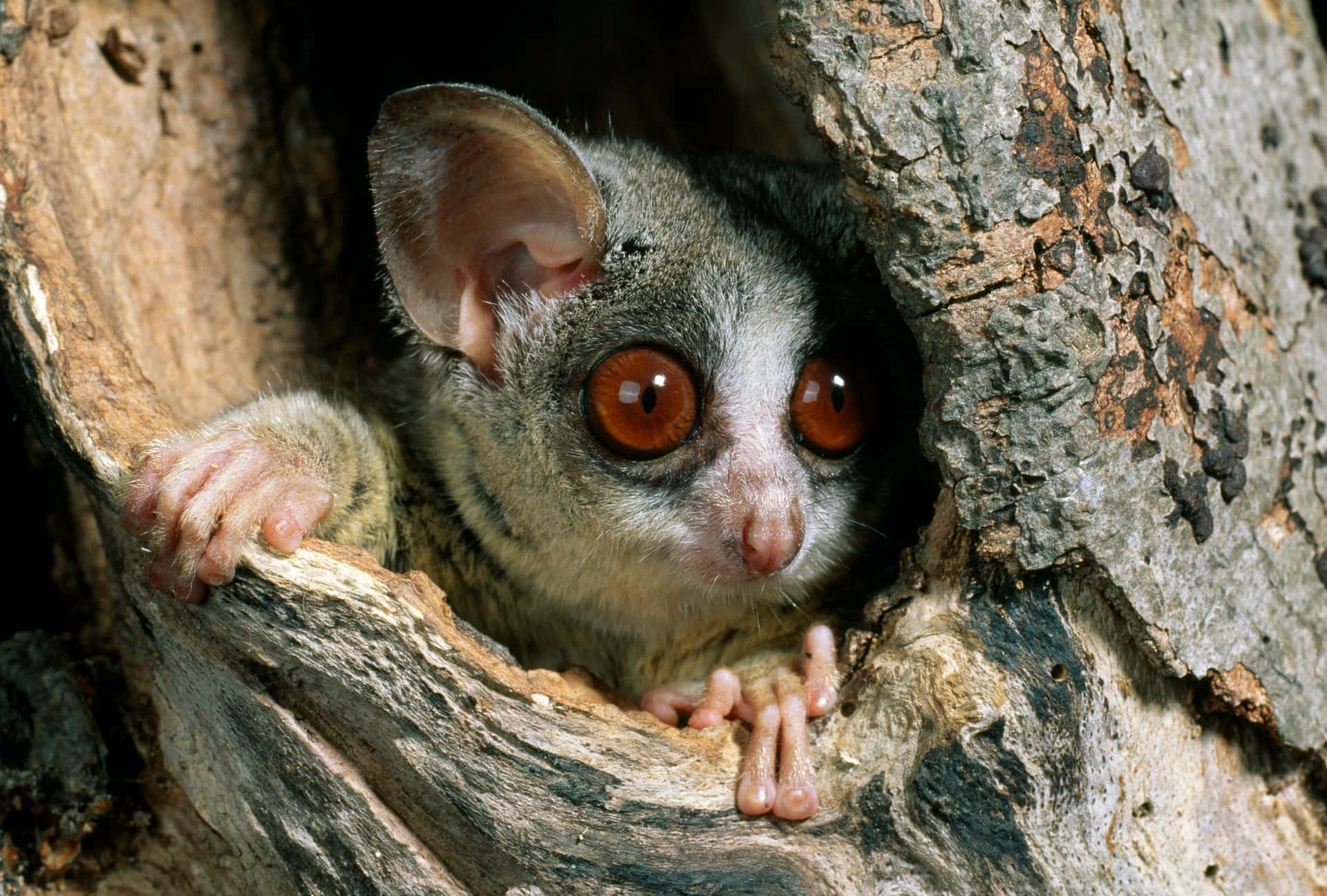
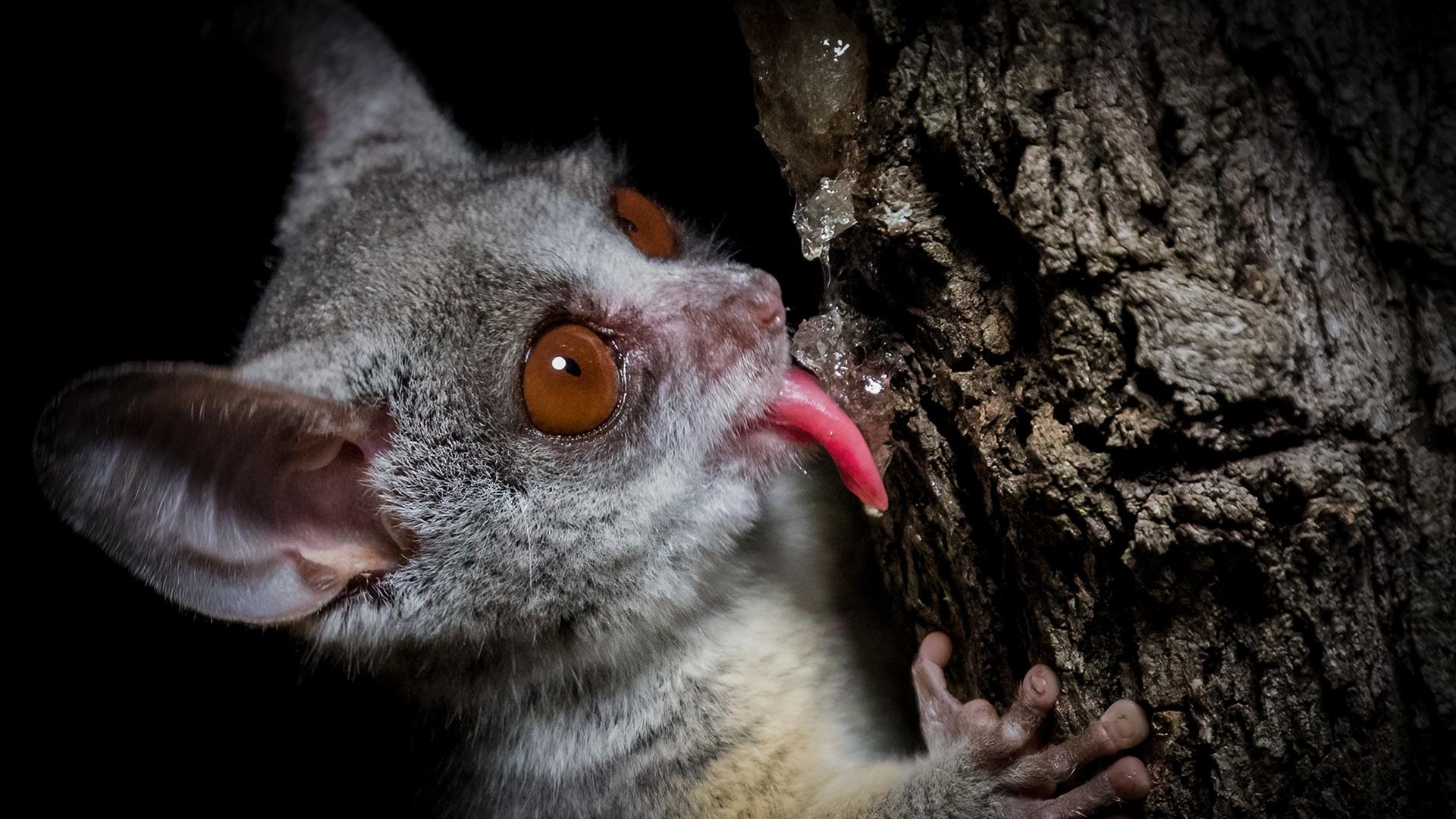
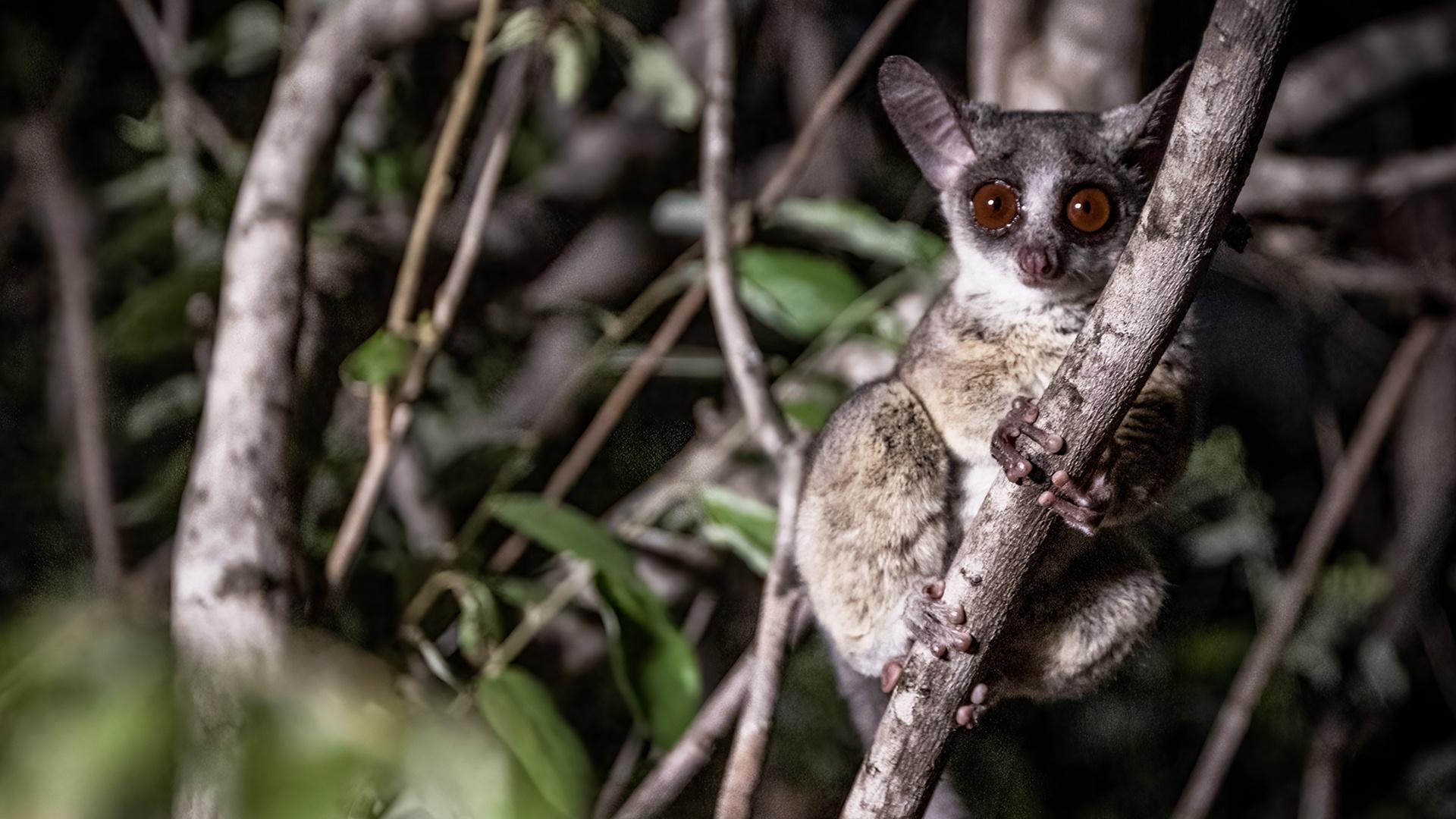
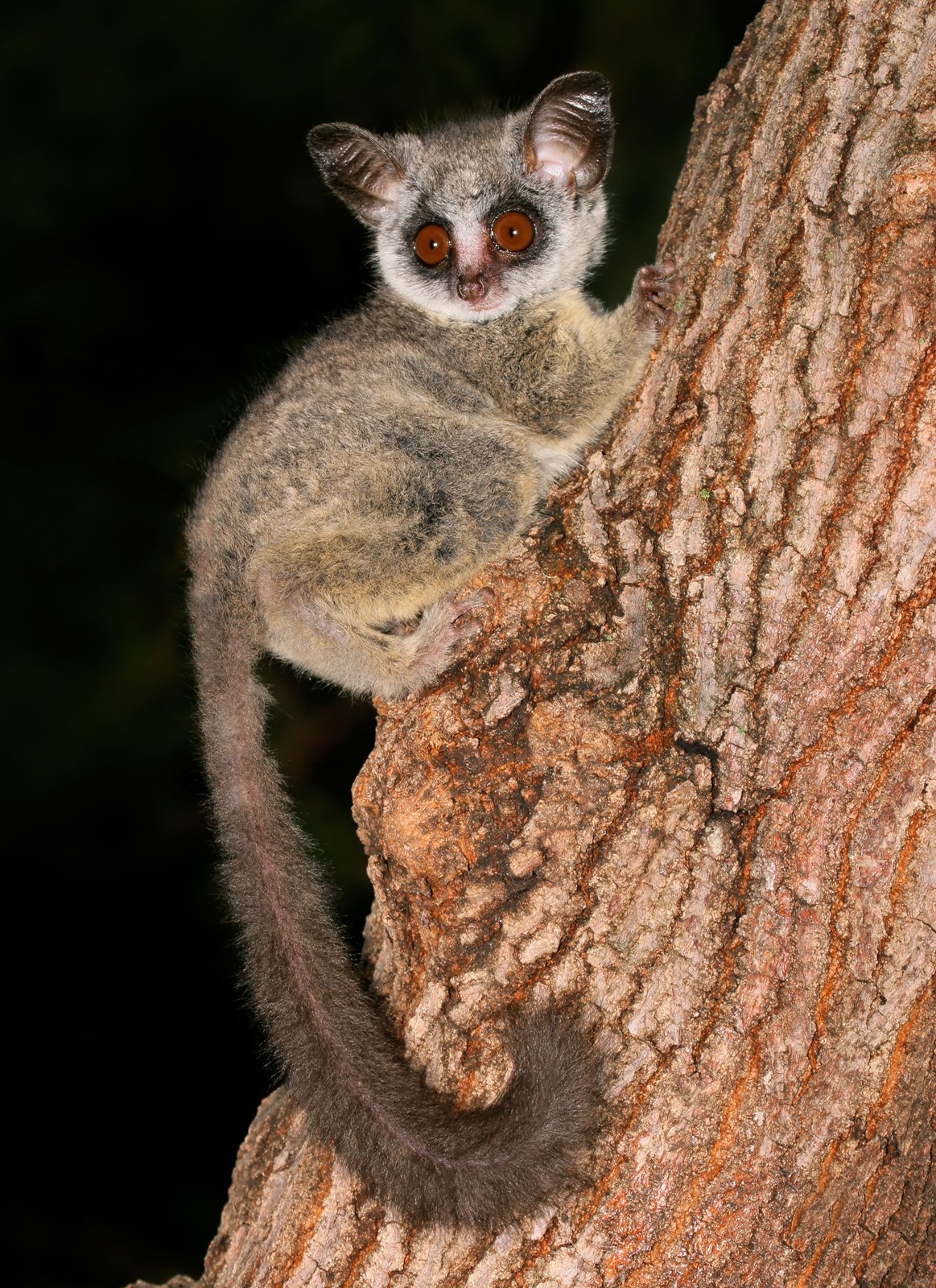
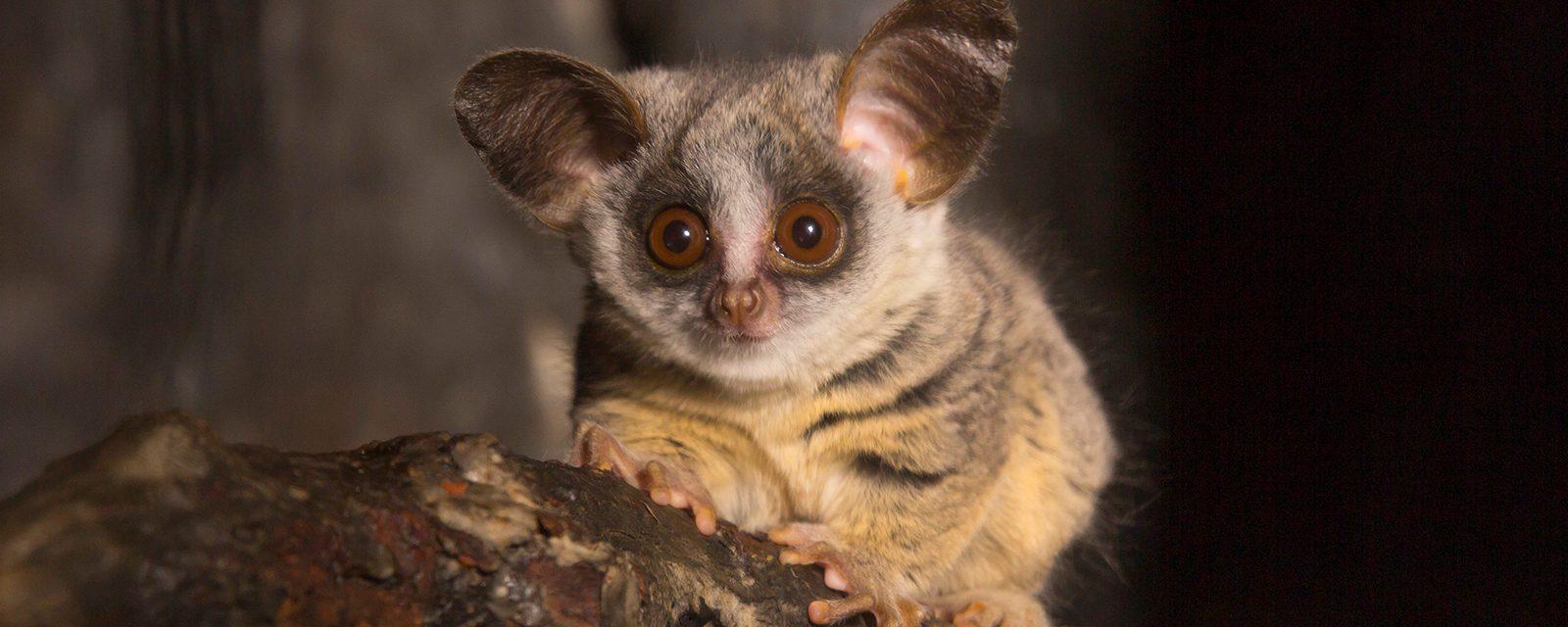
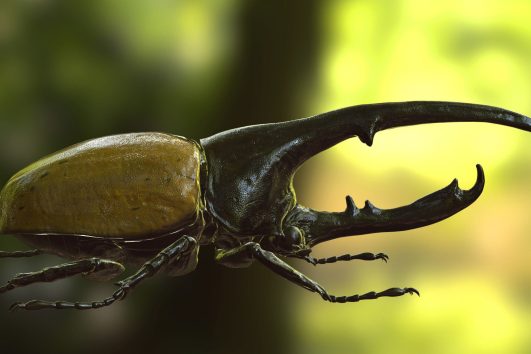
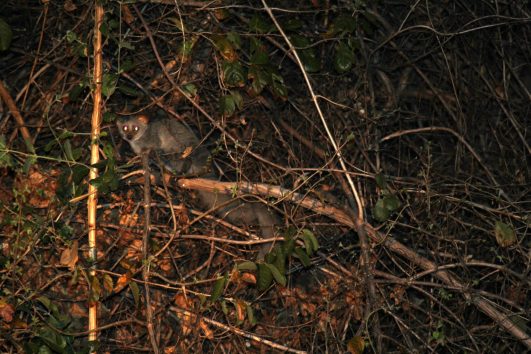
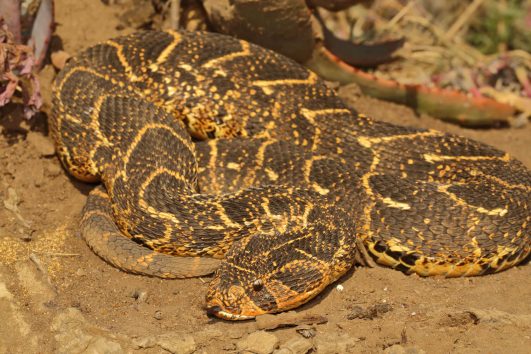
Tour Reviews
There are no reviews yet.
Leave a Review